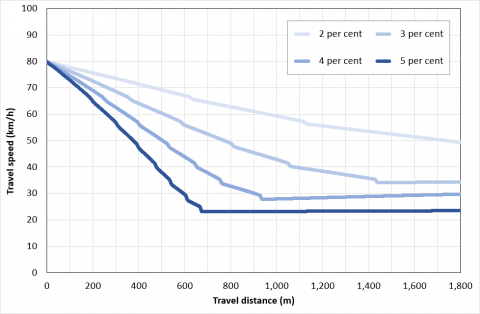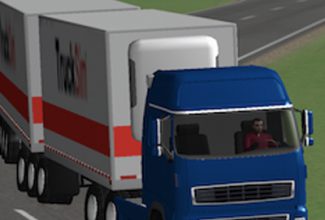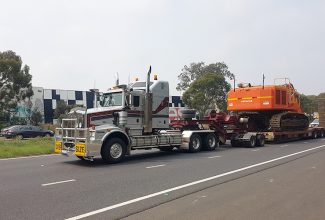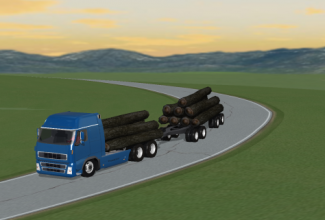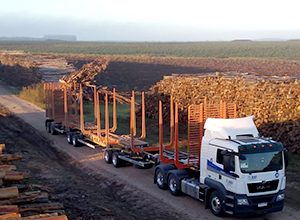Modelling speed decay on grades
Advantia conducted a high-fidelity computer simulation of a heavy vehicle driveline to predict speed decay on grades approached with a high initial speed.
Heavy vehicles cannot climb grades as easily as light vehicles. Even when encountering a gentle grade with a high initial speed, some heavy vehicles will suffer from significant speed decay. The speed decay effect is exacerbated by the need to make frequent downshifts, during which no torque is transmitted to the drive axles and a large drop in speed occurs.
Using its TruckSim heavy vehicle simulation software to model a 68.5 tonne B double, Advantia modelled its performance when climbing various grades with the same initial speed.
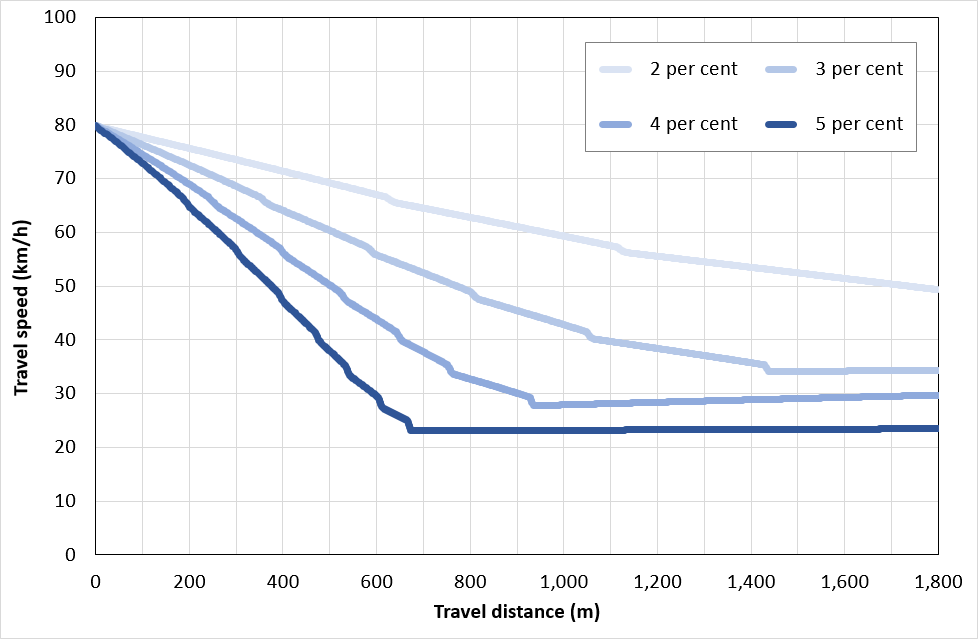
The B double begins at 80 km/h but loses enough speed to warrant several downshifts. With each downshift, the temporary loss of torque transmission to the drive axles results in more significant speed loss. On steeper grades, the speed loss during these brief periods also becomes larger.
An important conclusion is that over time these downshifts have a significant effect on the overall speed decay. The cumulative effect of many seemingly minor events can be quite large.
With Advantia’s expertise, road designers can be better equipped for designing roads better suited to the heavy vehicles of tomorrow.
Please contact Advantia for more information.
